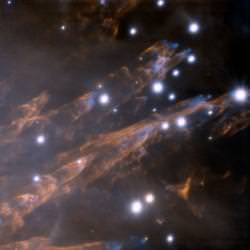 This beautiful photograph shows a small portion of the star-forming Orion Nebula. The strange, wake-like structures are supersonic “bullets” of gas ejected from the nebula. What actually caused these ejections is still unknown, but astronomers think there was a recent violent event that fired them out.
This beautiful photograph shows a small portion of the star-forming Orion Nebula. The strange, wake-like structures are supersonic “bullets” of gas ejected from the nebula. What actually caused these ejections is still unknown, but astronomers think there was a recent violent event that fired them out.
Continue reading “Supersonic “Bullets” of Gas Ejected from the Orion Nebula”
Jupiter As Seen From Saturn
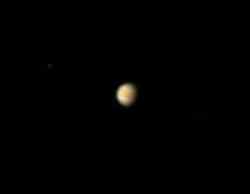 It’s not a great picture of Jupiter, but that’s not the point. The point is that the photograph was taken by NASA’s Cassini spacecraft, which is currently orbiting Saturn.
It’s not a great picture of Jupiter, but that’s not the point. The point is that the photograph was taken by NASA’s Cassini spacecraft, which is currently orbiting Saturn.
Continue reading “Jupiter As Seen From Saturn”
A Very Long Lasting Gamma Ray Burst
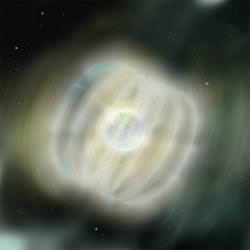 Gamma ray bursts are some of the most energetic events in the Universe. Even more amazing is just how quickly it all unfolds. One moment, everything’s quiet. A moment later, there’s a tremendous explosion that we can see from billions of light years away. And just seconds later, it’s gone again – the afterglow will be around for a few days, but that’s it. Astronomers and spacecraft have only a few seconds to a few minutes to find the explosion and study it before it fades away.
Gamma ray bursts are some of the most energetic events in the Universe. Even more amazing is just how quickly it all unfolds. One moment, everything’s quiet. A moment later, there’s a tremendous explosion that we can see from billions of light years away. And just seconds later, it’s gone again – the afterglow will be around for a few days, but that’s it. Astronomers and spacecraft have only a few seconds to a few minutes to find the explosion and study it before it fades away.
Continue reading “A Very Long Lasting Gamma Ray Burst”
New Globular Cluster Discovered
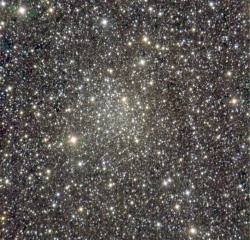 Globular star clusters are gigantic collections of stars formed at the same time, and held together by their mutual gravity. Amazingly, they’re some of the oldest objects in the Universe – some are more than 10 billion years old. More than 150 globular clusters have been discovered in the Milky Way by astronomers. And now you can add one more to that list.
Globular star clusters are gigantic collections of stars formed at the same time, and held together by their mutual gravity. Amazingly, they’re some of the oldest objects in the Universe – some are more than 10 billion years old. More than 150 globular clusters have been discovered in the Milky Way by astronomers. And now you can add one more to that list.
Continue reading “New Globular Cluster Discovered”
Podcast: The Story of Galaxy Evolution
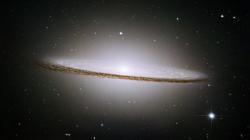 Our Milky Way is a complex and majestic barred spiral galaxy. But 13.7 billion years ago it began, like all galaxies, from the elementary particles formed in the Big Bang. How did our galaxy grow from nothing to the hundreds of billions of stars we see today?
Our Milky Way is a complex and majestic barred spiral galaxy. But 13.7 billion years ago it began, like all galaxies, from the elementary particles formed in the Big Bang. How did our galaxy grow from nothing to the hundreds of billions of stars we see today?
Continue reading “Podcast: The Story of Galaxy Evolution”
A Baby Picture of the Sun
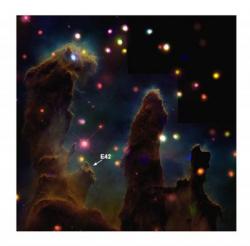 Obviously there’s no way to see what our Sun looked like when it was still forming billions of years ago, but you can do the next best thing. Find a newly forming star with very similar mass and chemical constituents, and see how it’s starting out.
Obviously there’s no way to see what our Sun looked like when it was still forming billions of years ago, but you can do the next best thing. Find a newly forming star with very similar mass and chemical constituents, and see how it’s starting out.
Continue reading “A Baby Picture of the Sun”
Some Galaxies Are Made Almost Entirely of Dark Matter
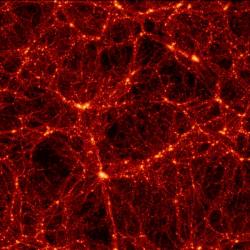 When we think of a galaxy, we think of our own Milky Way or perhaps Andromeda; a majestic spiral containing hundreds of billions of stars. Or maybe we think of an irregular galaxy, not so majestic-looking, but still made of regular stuff, like stars, planets… people.
When we think of a galaxy, we think of our own Milky Way or perhaps Andromeda; a majestic spiral containing hundreds of billions of stars. Or maybe we think of an irregular galaxy, not so majestic-looking, but still made of regular stuff, like stars, planets… people.
Continue reading “Some Galaxies Are Made Almost Entirely of Dark Matter”
XMM-Newton’s View of Supernova 1987A
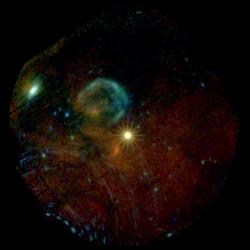 I linked you to an image of Supernova 1987A taken by the Hubble Space Telescope around the explosion’s 20th anniversary. Here’s another, this time taken by ESA’s XMM-Newton Observatory to show you how it looks in X-rays.
I linked you to an image of Supernova 1987A taken by the Hubble Space Telescope around the explosion’s 20th anniversary. Here’s another, this time taken by ESA’s XMM-Newton Observatory to show you how it looks in X-rays.
Continue reading “XMM-Newton’s View of Supernova 1987A”
Star’s Magnetic Field Slams its Solar Winds Back Together
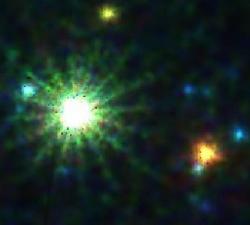 ESA’s XMM-Newton X-Ray observatory has helped astronomers puzzle through a mystery that’s haunted them for a long time. For more than 20 years, observatories have detected X-rays streaming from something in the AB Aurigae system. But nothing in the system should be able to generate this quantity of X-rays.
ESA’s XMM-Newton X-Ray observatory has helped astronomers puzzle through a mystery that’s haunted them for a long time. For more than 20 years, observatories have detected X-rays streaming from something in the AB Aurigae system. But nothing in the system should be able to generate this quantity of X-rays.
Continue reading “Star’s Magnetic Field Slams its Solar Winds Back Together”
Instruments Integrated Into the Supercool Planck Observatory
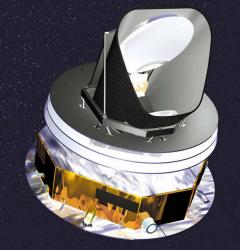 One of the most powerful new space observatories, ESA’s Planck mission, reached an important milestone with the integration of several instruments into the main satellite. The integration was performed by Alcatel Alenia Space in Cannes, France.
One of the most powerful new space observatories, ESA’s Planck mission, reached an important milestone with the integration of several instruments into the main satellite. The integration was performed by Alcatel Alenia Space in Cannes, France.
Continue reading “Instruments Integrated Into the Supercool Planck Observatory”
